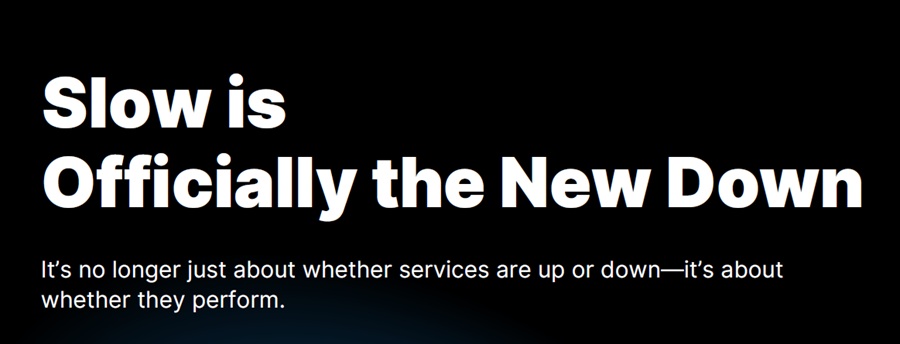As software systems become more intricate, observability becomes even more essential to monitoring and managing performance across digital environments. As we know it today, observability relies on three pillars — logs, metrics and traces — to gain valuable system insights, troubleshoot and ensure system reliability.
While all three have played an important role, due to disparate data sources and a longstanding myth that logs only have backward-looking purposes, logs' unique capabilities have remained untapped.
Logs offer exceptional benefits for real-time observability by consistently capturing system events without needing special instrumentation or code modifications. While application logs involve more complexity and fine tuning for specific needs, basic infrastructure logs can be automatically generated as part of system operations, providing a continuous stream of actionable data that are often underestimated as a valuable observability tool.
OpenTelemetry (OTel) has revolutionized the way we approach observability by standardizing the collection of this telemetry data, but is often characterized primarily by its tracing capabilities. This is partly due to its evolution from two open-source Google projects that were tracing oriented. Traces offer many benefits, like helping you identify bottlenecks and failures across services. However, the human element of managing this data, especially in cases of large volumes, can introduce additional overhead and present security risks.
Unlike traces, logs are automatically generated as a byproduct of normal system operations. In other words, logs are data exhaust — they exist regardless of an application's architecture or how well its code is built. They offer organizations a consistent source of information that requires no instrumentation or modification of code. By leveraging a log management system to process intricate log data and structure it effectively, you can fully unlock the telemetry capabilities that logs provide.
Here are five myths — and truths — to help elevate your OTel integration by harnessing the untapped power of logs.
1. Myth: OTel is best for traces and metrics - not logs
Myth Busted: Despite the common assumption that OTel was built for traces and thus primarily supports tracing, the logging capabilities within OTel are vast and constantly expanding. For example, syslog-ng, an open-source log management tool, now features opentelemetry() source and destination, which can handle logs, traces and metrics using OTLP/gRPC.
2. Myth: Logs are too complex for OTel
Myth Busted: Due to their structural simplicity, metrics and traces can be easier to work with than logs. However, new log ingest and log management capabilities solve this challenge. Services that offer comprehensive log management capabilities, including schema on demand and structured and unstructured logs, can enable organizations to seamlessly ingest their data without the need for extensive reconfiguration.
3. Myth: Logs are expensive and difficult to scale
Myth Busted: Yes, logs generate large amounts of data, but modern log management solutions have created a sustainable approach to reducing costs. Organizations should seek storage solutions built with big data in mind, especially those that don't tie pricing to data volume.
4. Myth: Logs are retroactive, not proactive
Myth Busted: Logs were traditionally viewed as an investigational resource to pinpoint what went wrong following an incident. However, their current applications are much more versatile. They offer real-time insights into observability workflows and integrate with OTel to provide proactive monitoring, faster troubleshooting and quicker root-cause analysis, enabling you to prevent incidents before they occur.
5. Myth: Traces alone are sufficient for observability
Myth Busted: While traces offer valuable insights into distributed system performance and progress, they require instrumentation and can overlook important operational data. Logs, on the other hand, capture critical insights across all system activities regardless of instrumentation, ensuring full visibility into your systems.
Logging initiatives have come a long way since their inception, especially thanks to unified log management systems. By embracing their capabilities in OTel workflows, you can achieve a more complete picture of your digital environment. Telemetry data can be turned into actionable insights across systems, creating a modern, comprehensive observability framework that grows with your organization. Just as with OTel, the same myth-busting approach can elevate your overall observability strategy, helping you harness its full potential.



